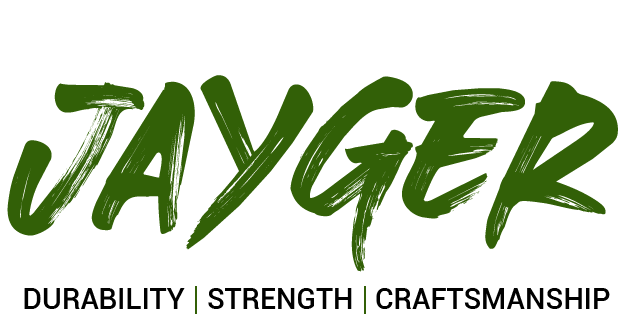What are the Forging Techniques of Damascus Knives?
Utility and art are combined to create a unique Damascus knife. After designing a pattern, our craftsmen use traditional forging methods like cable or ‘ladder’ welding and stock removal. Cable welding is when multiple layers of steel are heated simultaneously, following the desired pattern design.
Old knives are sanded down, reshaped, and redesigned for stock removal through hand tools until the correct shape is achieved. The result of these skilled techniques is an individualized work of art that you won’t find anywhere else.
How is Damascus Forged?
Damascus steel is forged with a unique method that combines utility and art. We start by designing a Damascus steel pattern, then use traditional forging methods such as cable welding or stock removal to achieve the desired shape. Cable welding involves multiple heating layers of steel together by the pattern design.
In contrast, stock removal consists in using hand tools to grind down, reshape and redesign an existing knife into the desired shape. These time-honoured techniques result in a one-of-a-kind work of art. Making our personalized Damascus knives the perfect item for professionals and enthusiasts.
Forging Damascus takes many steps:
The first is to heat and fold the steel several times until it has enough folds. The blade is then shaped into a desired shape, and fullers (or grooves) are cut into the edge to reduce weight and make it stronger. After that, patterns are created with traditional etching methods or acid-etching. Finally, the blade can be tempered to develop durability and strength for actual use.

What is the Powder Used in Forging Damascus?
A powder mixture known as a scale remover is often used when forging Damascus steels. This powder contains aluminum oxide and other abrasive material. That help dissolve the oxidized layer, which would otherwise be impossible to remove. If it was just sanded off or polished.
The powder also acts as a lubricant and helps keep your steel surfaces clean. During the folding/forging process, allowing you to create intricate designs on the surface of your blade.
How Many Damascus Patterns are There?
Damascus steel is known for its distinct patterns and is often used to create visually striking pieces. The pattern resulting in Damascus steel can be grouped into several different categories. Depending on the number of layers that are folded together. Commonly, these are grouped into “grains,” which refer to the number of layers used in the forging process and range from two-grain to six-grain.
What is the Coolest Damascus Pattern?
The most iconic pattern used with Damascus steel is the “Ladder Pattern”. This is achieved by folding steel strips together and producing a swirling striped effect for the finished piece. It stands out due to its almost hypnotic appearance, where no two ladders are alike! Other popular patterns include the feather and the flower patterns, which feature unique designs. Created via layering techniques during the forging process.
How Many Layers is a Damascus Knife?
Typically, Damascus Hunting Knives are made with at least 200 layers of steel. With the most common having up to 400 layers! The number of layers is determined by the complexity of the pattern chosen by the craftsman and their preference. It’s important to note that the more layers used in a Damascus knife. The more it will increase its beauty and durability. As even wear and tear over time will be less visible due to each layer.

What Makes Damascus Steel So Strong?
Damascus steel is renowned for its remarkable strength and durability. Thanks to the unique patterning and folding method that goes into creating it. By carefully working the metal in multiple directions. The steel gains a high level of elasticity, making it stronger and more resistant to wear and tear.
The unique interior pattern of each blade also gives it an added layer of protection from oxidation or potential damage. Damascus steel Axe is ideal for outdoor enthusiasts looking for a reliable, long-lasting companion. When venturing off into the UK’s rugged wilderness.
Test the Durability and Quality.
To ensure superior quality and performance from your Damascus steel blades. You should test their durability and performance on various surfaces in different conditions. To simulate the usage of customized knives in the UK market. You can do this by testing the sharpness of your blades on everything from stone, bricks, and wood to various animal hides.
You should also test your axe’s edge retention in weather conditions. Such as rain, snow, and heat, to ensure it will withstand any environmental conditions. You might encounter when using it for outdoor activities
